For many, a new year represents an opportunity to make some changes. We reflect on where we have been in order to see where we need to be headed and then we make resolutions that help us get there. This month, as we collectively shift into not just a new year, but a new decade, we at the Conservation Alliance are committing to some big resolutions with an even bigger goal in mind. Of course, we began by reflecting on our last decade together.
There were successes.
In our first year together as a community, we developed the Common Vision, a roadmap of six steps companies can take to develop and implement practices that support environmentally sustainable fishing and aquaculture. We knew there was a need for guidance to support people working in fishery improvement projects, so we created the FIP Guidelines, now translated into Spanish, Japanese, and Bahasa, which means they can help more people to incentivize more positive change toward sustainability. In recent years, we have expanded both documents to include an important focus on social responsibility, in addition to the environmental sustainability goals on which they were founded. Today, global fishing and aquaculture is starting to shift toward more environmentally sustainable practices, and there is a growing effort to incorporate social and financial responsibility into seafood production as well. Change is happening.
Yet challenges persist.
We still have lots of work to do. The issues facing our oceans and the people who depend on them are continuing to grow, and we still lack the mechanisms necessary to accurately measure our collective impact. We at the Alliance recognized the urgent need to foster large-scale change as fast as possible, so, after taking stock, we decided to make some changes in the way we do our work.
In 2018, the year of our tenth anniversary, we launched a strategic planning process to determine how we could better work together to foster the large-scale change we knew was needed. We set an ambitious goal that seeks to double our collective impact on the seafood supply chain in half the time, knowing that in order to achieve this goal, we would have to find ways to learn faster, partner more broadly, behave more efficiently, and focus more strategically than we had in the past.
To guide our efforts, we developed a shared understanding of all the changes that need to happen to successfully transform the seafood supply chain so we can work together to identify areas where too many groups or not enough are working, and to ensure that everyone who works to influence the seafood supply chain is included. We are also learning how to better measure the impact of our work, so that our wins are supported by strong data that we can use to make decisions about where to work next and to track our shared progress.
For the Alliance, this new year marks our shift into a new role. We resolve to be bolder; to be more focused; to be more inclusive in the way we work. So that together, we can do more, faster for our oceans.
To learn more about the Alliance’s new strategy, please visit our About Us page.
